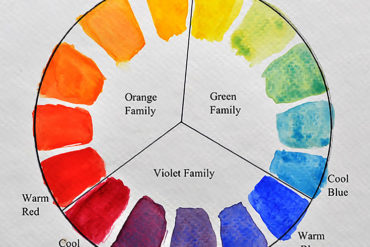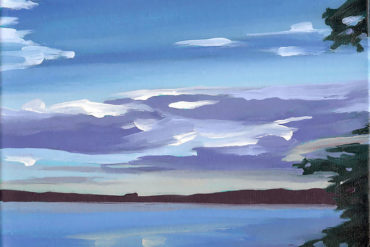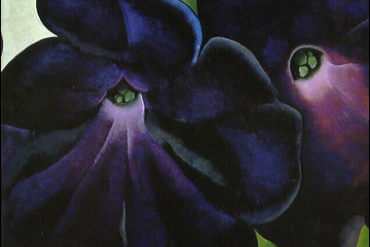Understanding color when painting may feel like confusing subject, but it really doesn’t need to be. By using just a limited number of colors, and learning...
Art & Color Theory Tips for artists and the meaning of colors
Why study color? Because your color choices can make (or break) your artwork.
From famous oil paintings throughout history to modern artwork today, color matters! So whether you're researching limited color palettes or trying to find the right hues while mixing paint colors to set the mood of a painting, you're in the right place.
Scroll down to learn about color wheels and color theory, or read the rest of our free color guides for artists and painters alike. Our color tips for artists include a variety of topics like complementary colors, secondary colors, the meaning of different colors and much, much more.
Find all our color resources for artists below!
There are lots of color schemes that artists can use in their paintings: complimentary, triadic, split-complimentary, monochromatic, and of course, analogous
When I first started painting, I bought many tubes of paint and relied heavily on “convenience” mixes in lieu of mixing my own colors. I felt that color theory was not only boring but over-rated. I could not have been more wrong!
Have you ever noticed how art magazines, art blogs, art classes and instructional books often call bright greens “garish”? Many will suggest avoiding green paint straight...
Today's list of resources will help anyone interested in learning about color theory (or the use of color in art) at a college level. It’s also the fourth post in my series on getting an art education for free.
Learn about the color white. What white means to us emotionally and culturally; types of white pigments and white oil paints (Titanium, Zinc), where white sits on the color wheel, and even some famous white paintings.
Learn about the color brown. What browns mean to us psychologically and why, how to mix brown oil paint, where brown sits on the color wheel, and even a famous brown painting by Braque.
Read about the color pink. What pinks mean to us mentally and emotionally; how to mix pink oil paint (mixing red and white), where pink sits on the color wheel, and even some famous pink paintings.
The color black: pigments, paintings, oil paint - and psychological meaning? Black is a bold, powerful color with a true "dark" side. Death, depression, and fear; timelessness and mystery, all are part of the color black.
Read about the color orange. What oranges mean to us mentally and emotionally; types of orange pigments and oil paints (cadmium, or mixing red and yellow), where orange sits on the color wheel, and even some famous orange paintings.
Learn about the color purple. What purple mean to us socially and mentally; types of purplish pigments and purple oil paints (dioxazine, quinacridone, ultramarine), where purple sits on the color wheel, and even some famous purple paintings.
Explore the color yellow. What yellows mean to us emotionally and culturally; types of yellow pigments and oil paints (cadmium, hansa, ochre), where yellow sits on the color wheel, and even some famous yellow paintings.
Learn about the color blue. What blues mean to us psychologically and culturally;types of blue pigments and oil paints (ultramarine, phthalo, cobalt), where blue sits on the color wheel, and even some famous blue paintings.
Read about the color red. What reds mean to us socially and psychologically; types of reddish pigments and red oil paints (cadmium, alizarin, napthol), where red sits on the color wheel, and even some famous red paintings.
Find out about the color green. What greens mean to us culturally and psychologically; types of greenish pigments and green oil paints (viridian, permanent, pthalo), where green sits on the color wheel, and even some famous green paintings.
Understanding the color wheel and using color theory in your artwork is a good idea for any artist, but especially for oil painters. In this article I'll go through the basics of color theory (using a traditional artist's color wheel) and explain ways that oil painters and other artists can make use of that information.
I believe that by analyzing and learning to describe color, ANYONE can become a better painter - so today I'll be writing about how to SEE colors better by looking specifically at three qualities every color has: Value, Intensity, and Temperature.







